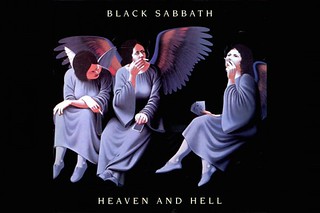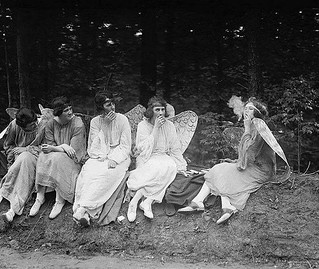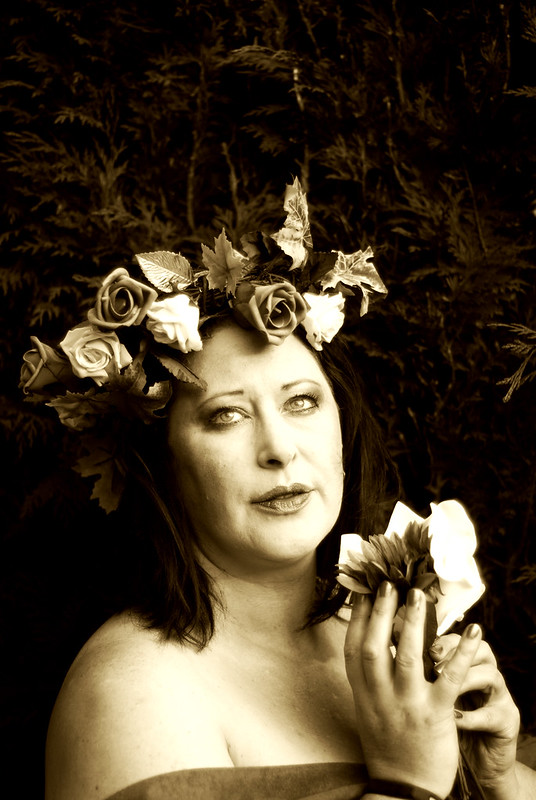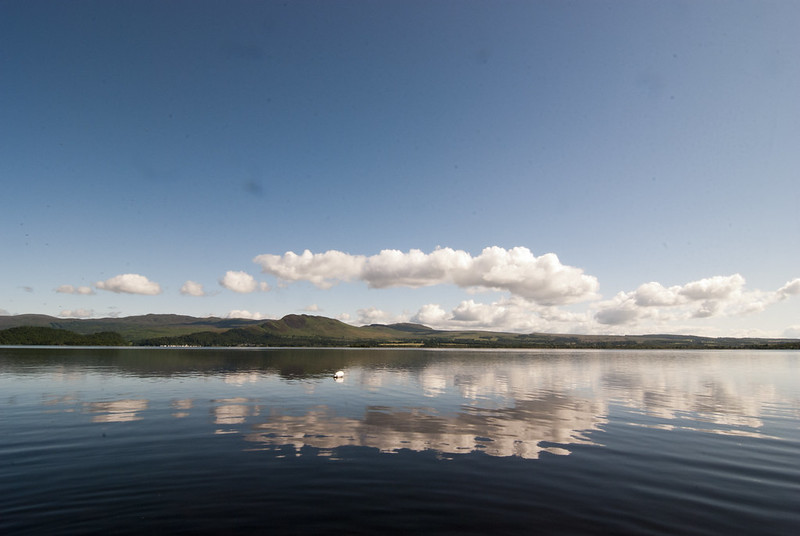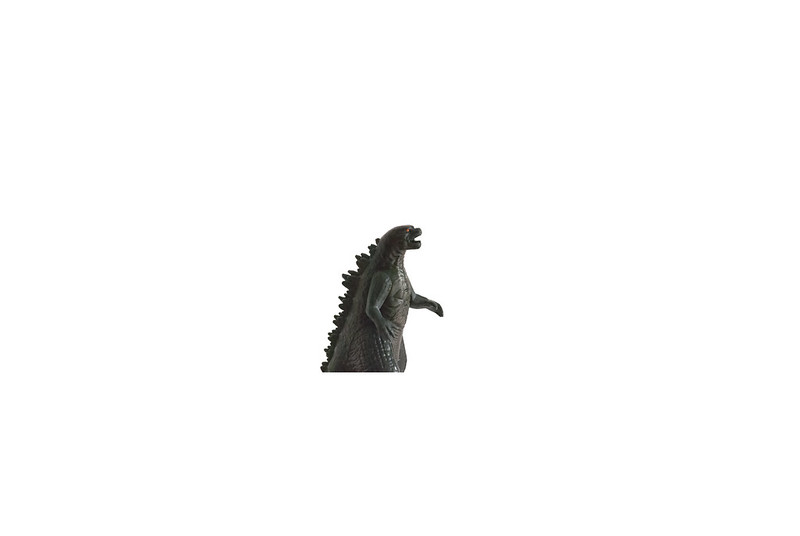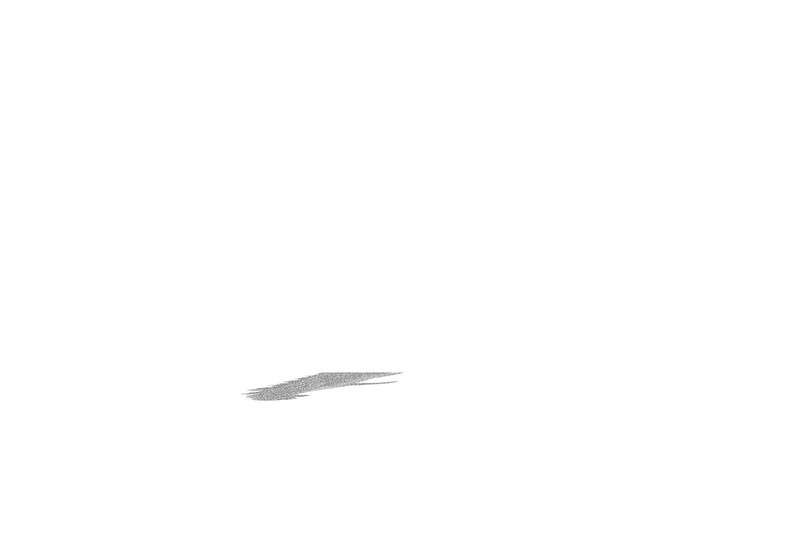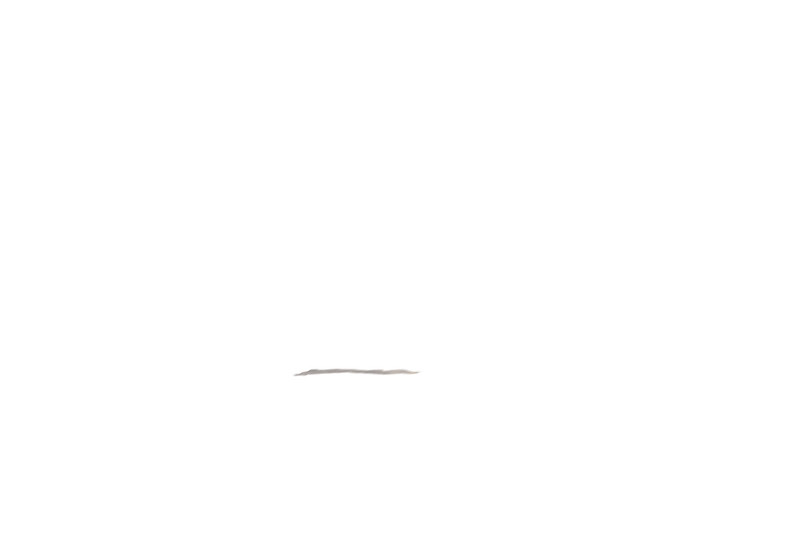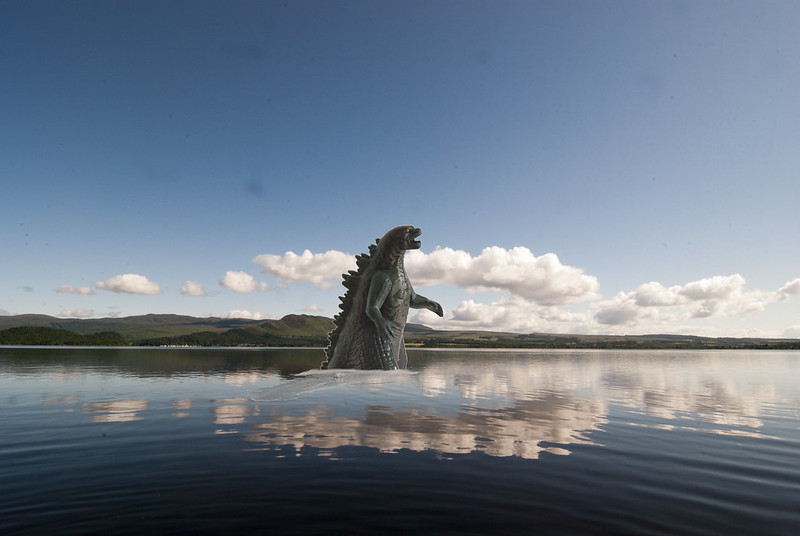The Country Doctor
Smith cleverly shot with no film initially so that the
doctor would not only get used to his presence but also would become familiar
with and then ignore the sound of the shutter.
The project documents the life of the Dr Ceriani, the
project only last 23 days but in appearance seems to cover a longer stretch of
time. While following the doctor, Smith was able to capture the work of Dr Ceriani
as he helped the community. It is especially telling, when during a short break
away from his duties, where he tries to relax and fish, he is called back to
attend to an emergency. It is one of these shots that calls out to me as it
expresses the helplessness feeling that Dr Ceriaini is having as he struggles
to find a way to telling the family that although he has
done all that he can it is not enough and that the girls eye cannot be saved.
W. Eugene Smith—Time &
Life Pictures/Getty Images
The county Doctor is a uncompromising document which shows
the life of the community and the hard but rewarding work of DR Ceriani.
Personally I prefer Smiths harder hitting photo essay Nurse
Midwife, which documents Maude Callens work as an all encompassing health
worker for the desperately poor of the rural south.
Cosgrove, B. (2013) W. Eugene
Smith’s landmark photo essay, ‘nurse midwife’. Available at:
http://time.com/26789/w-eugene-smith-life-magazine-1951-photo-essay-nurse-midwife/
(Accessed: 20 November 2016).
The Dad Project
The milkshake moment:
The image talks to me on multiple levels, it demonstrates
the failing health on her father, suddenly losing his balance and dropping the
milkshake, the splatter on the floor the colour of dried blood, the loss of the
required energy drink which is the lifeblood of her father, something to try
and increase his strength and this resistance to the effects of the cancer on
his life.
Grappling with the plan; how to manage the project, Briony
struggles with how to manage the concept and the documentation of the subject,
does she plan what she will shoot, will she stuck to a methodology. In the end,
she decides to documentation what she can as neither method nor pan would allow
her the flexibility that she really needed to document the ongoing situation.
The main difference
between the two essays is the emotional narrative within the overall context of
the essay. The country doctor gives you an insight into the overall activities
and situations that the doctor has to attend to and how this affected the many
people that he comes into contact with. The My Dad essay is a much closer,
emotionally guided narrative of just three people, it also has a beginning,
middle and end narrative but at the same time leaves the viewer with some
insight into how the narrative will continue to play out as the intense
emotions captured effect each of the individuals left at the end of the essay.
Certainly for me the My Dad project brought
some memories and emotions back t the loss of my father and the ongoing loss of
my mother to dementia
Endng with ending; Brionys work has allowed her to express
not only her feelings, but process them in a manner that grants the viewer a
level of empathy with Briony. The Dad project is only the start of the project,
the journey is really has just begun as others see it for the first time and
their reactions and feelings interact with Brionys own.













